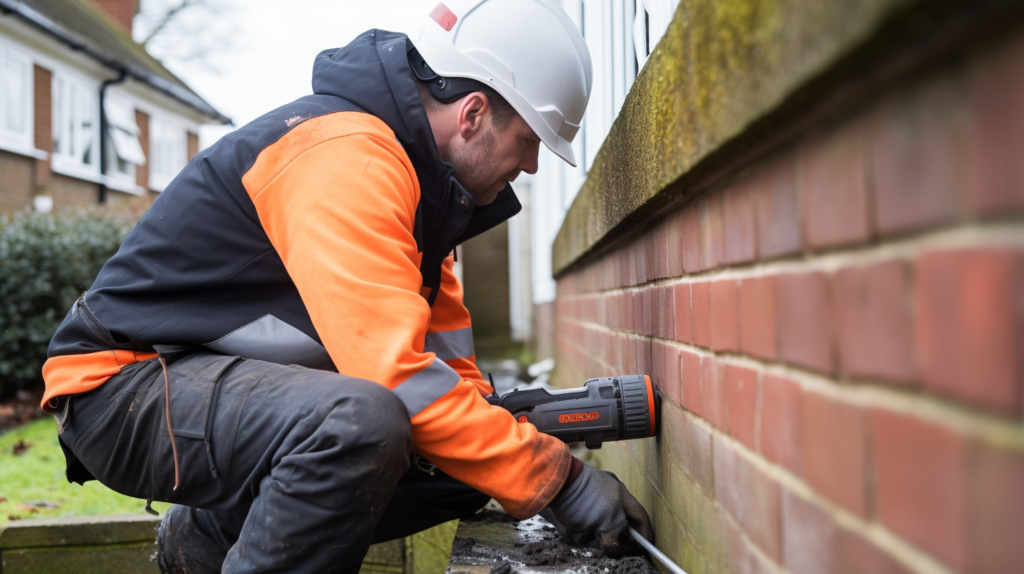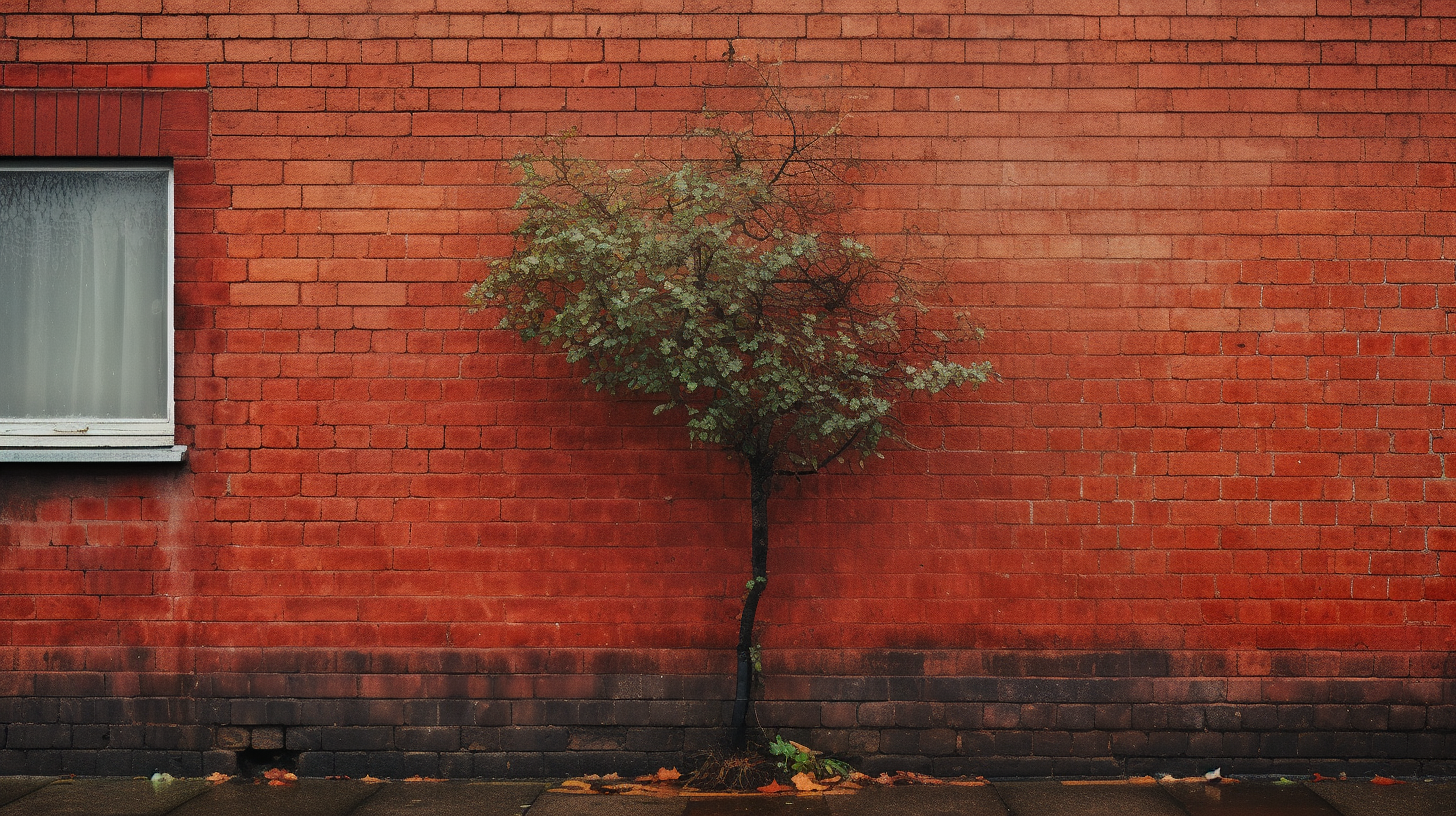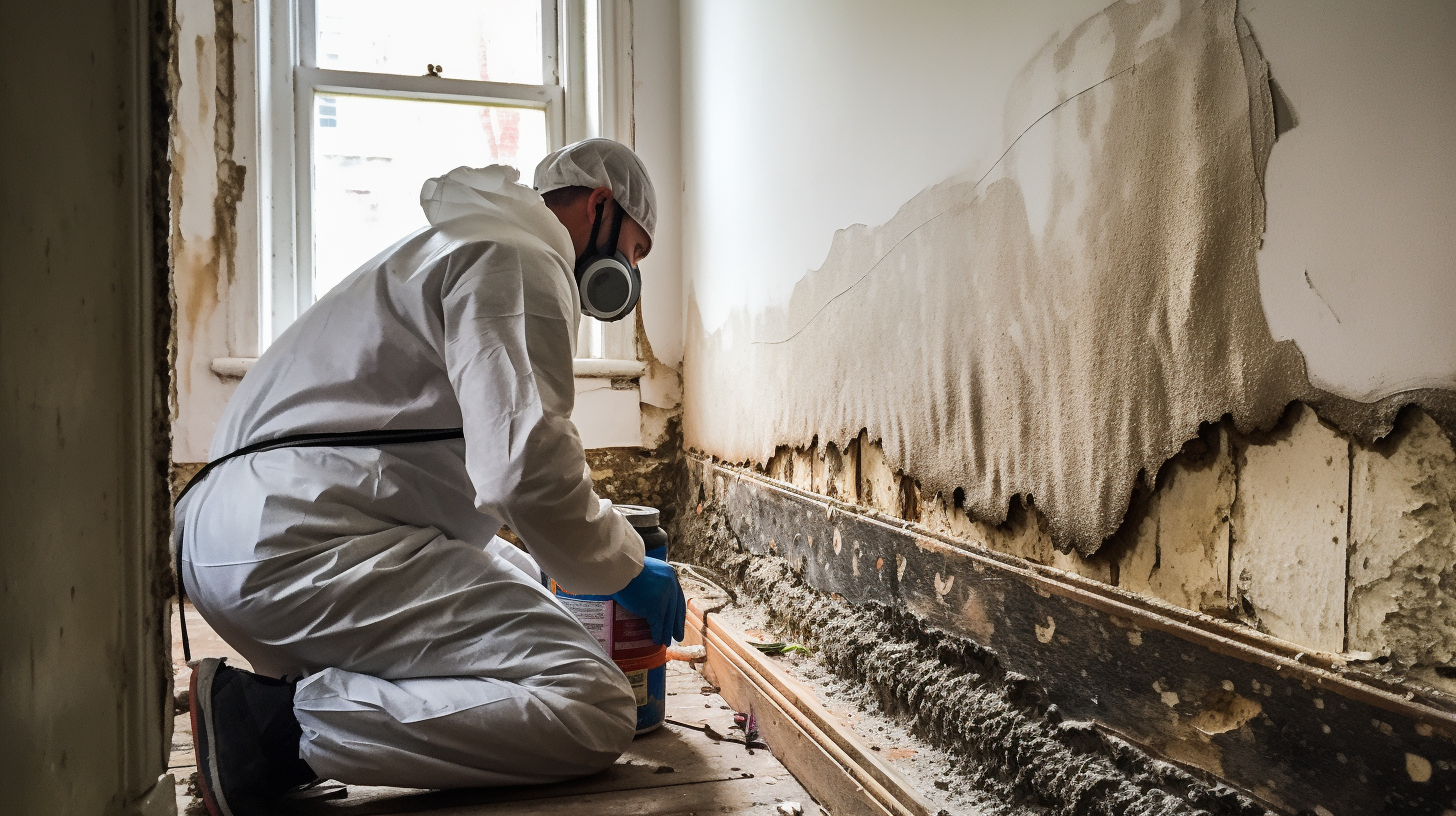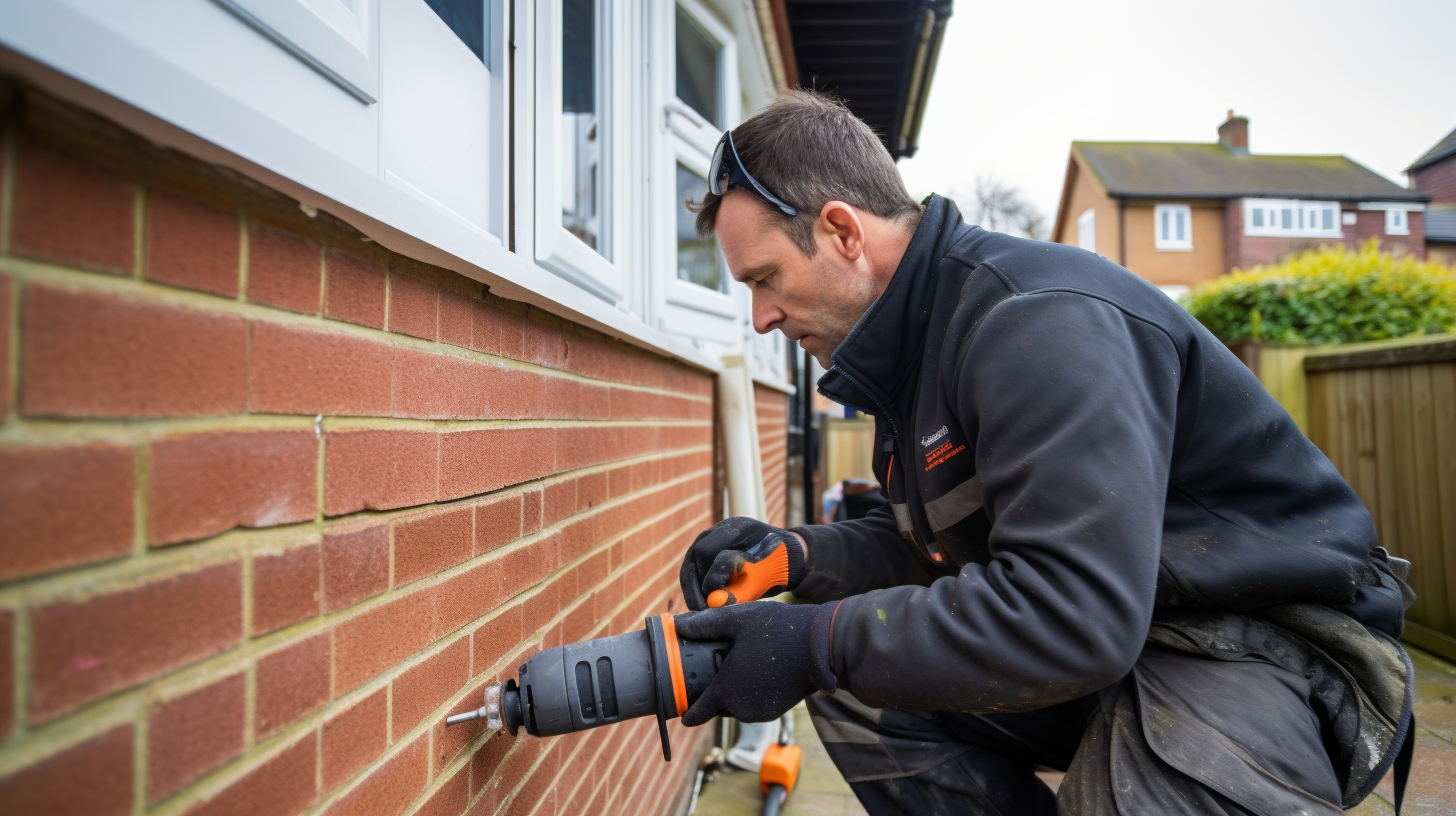Rising damp

Rising damp is a moisture issue that can impact buildings, particularly older ones, due to a phenomenon known as capillary action. This process allows moisture from the ground to be drawn upward through the walls, similar to how a sponge absorbs water. This is more common in structures where a water-resistant barrier, or damp-proof course (DPC), may not have been included in the original construction or has deteriorated over time. Additionally, if the external ground level is higher than the DPC, it can lead to bypassing the damp-proofing barrier, making the building susceptible to moisture.
The consequences of untreated rising dampness can be significant, leading to extensive damage to the building’s structure and potentially raising health concerns for occupants. Over time, the water can degrade internal plaster, peel wallpaper, rot timber structures, and damage external brickwork. More critically, the increased moisture can promote mould growth, including black mould, which releases potentially harmful spores. Therefore, addressing rising dampness is crucial not only for preserving the property but also for maintaining the health of its inhabitants.



Get a free quote
Other services
Identifying and Treating rising damp
Recognizing the Signs of Rising Damp
Signs of rising dampness include a "tide mark" or damp patch seen up to a meter above floor level on the wall. Other indicators include peeling paint, a musty smell, salt stains on the walls, rotting skirting boards, and black mould. These signs are more prominent if the damp issue goes untreated for longer.
Treating Rising Damp
Treating rising damp involves identifying the cause, eliminating the moisture source, and treating affected areas. A specialist may install a new DPC via chemical injection or insert a damp-proof layer. If the existing DPC is bridged due to high ground levels, the solution may involve lowering these levels.
Post-Treatment Actions and Prevention
Once the moisture source is controlled, damaged plasterwork should be replaced with a salt-resistant plaster. Proper ventilation in the property is essential to reduce humidity and prevent condensation. Prevention methods focus on maintaining these measures and regular check-ups.
The Importance of Early Detection
Early detection of rising dampness simplifies treatment and reduces cost. Regular checks can help prevent extensive damage. If rising damp is suspected, it's crucial to contact a professional surveyor or a damp-proofing specialist for a practical analysis and treatment plan.
Our process
Flowless and reliable process
01.
Assessment and Diagnosis:
We conduct a detailed inspection of the property to identify the cause of the rising damp. This includes visual checks of damp patches and the state of the DPC and using moisture meters to measure dampness levels.
02.
Damp Proofing Treatment:
Based on the diagnosis, We carry out the necessary treatment. This might involve installing a new DPC through chemical injection, physically inserting a damp-proof layer, or lowering the external ground level if the DPC has been bridged.
03.
Restoration and Prevention:
We replace the damaged plasterwork with a salt-resistant one and ensure proper ventilation in the property to reduce humidity levels. Areas affected by mould are treated, and advice is given to the homeowner for future damp prevention and maintenance.
Other services
- Damp Proof Course
- Dry Rot
- Timber Treatment
Rising Damp FAQs
What is rising damp and how is it caused?
Rising damp is a common damp issue where groundwater moves up through walls or floors by capillary action. It occurs when a building’s damp-proof course (DPC) is damaged, bridged, or missing, allowing moisture to rise from the ground into the property.
What are the primary signs of rising damp?
Common signs of rising damp include a “tide mark” on the wall up to a metre above the floor level, peeling paint or wallpaper, damp and musty smell, salt stains on walls, rotting skirting boards, and black mould.
How is rising damp treated?
Rising damp is treated by first identifying and eliminating the source of moisture. A professional may install a new DPC or fix an existing one, apply waterproof renderings, or recommend changes to the outdoor ground level that may be leading to a breached DPC.
Can rising damp reoccur after treatment?
With professional treatment and effective damp-proofing measures, rising damp can be permanently prevented. However, it may recur if the treatment was not done properly or if the damp-proofing measures fail over time.
